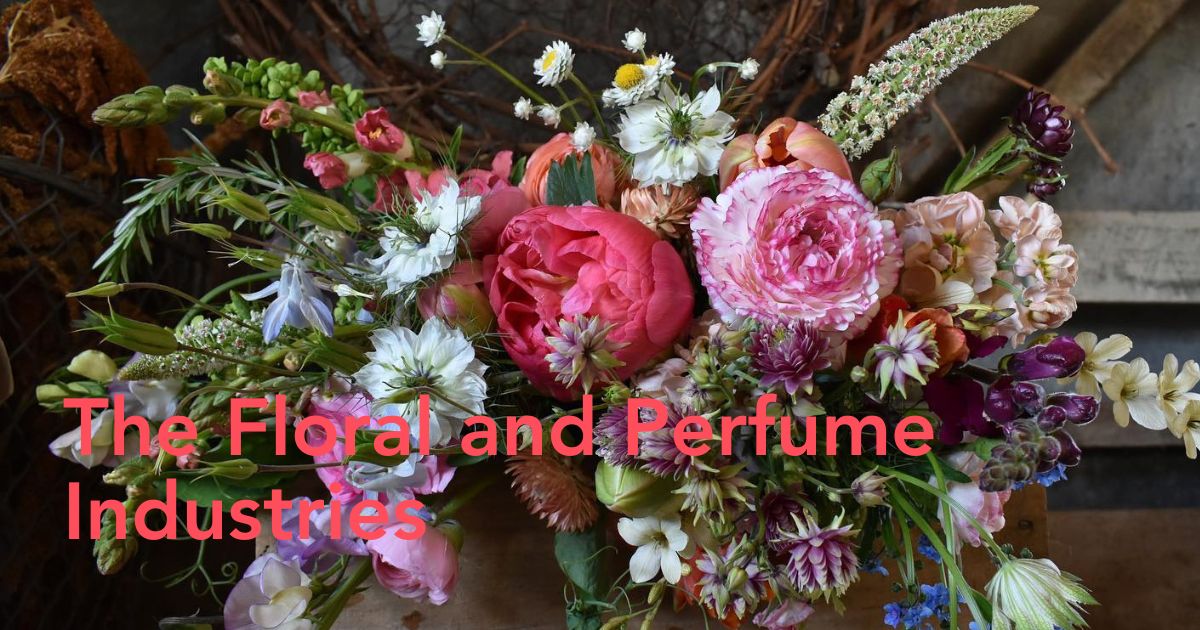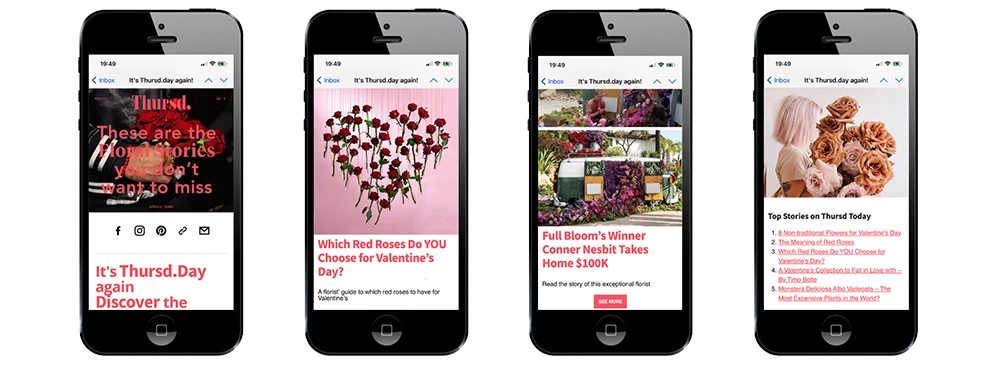Can we agree that this is one of the best duos when it comes to industry partnerships? The unique relationship between the floral and perfume industries has given birth to the world’s most coveted scents. Actually, the floral perfume market has experienced steady growth globally because the number of consumers going for premium scents today, regardless of the price, has gone up. In fact, the market size is expected to hit a whopping $1.3 billion by 2027, growing at a CAGR of 6.8% since 2022.
Beyond just creating something that smells nice, the blend between these two industries also has historical significance, dating back thousands of years. Cleopatra was known to wear perfumes made of roses, and the ancient Egyptians used floral-based perfumes in their rituals and daily life as part of their culture. In this article, we will look more into how this fragrant connection works together today.
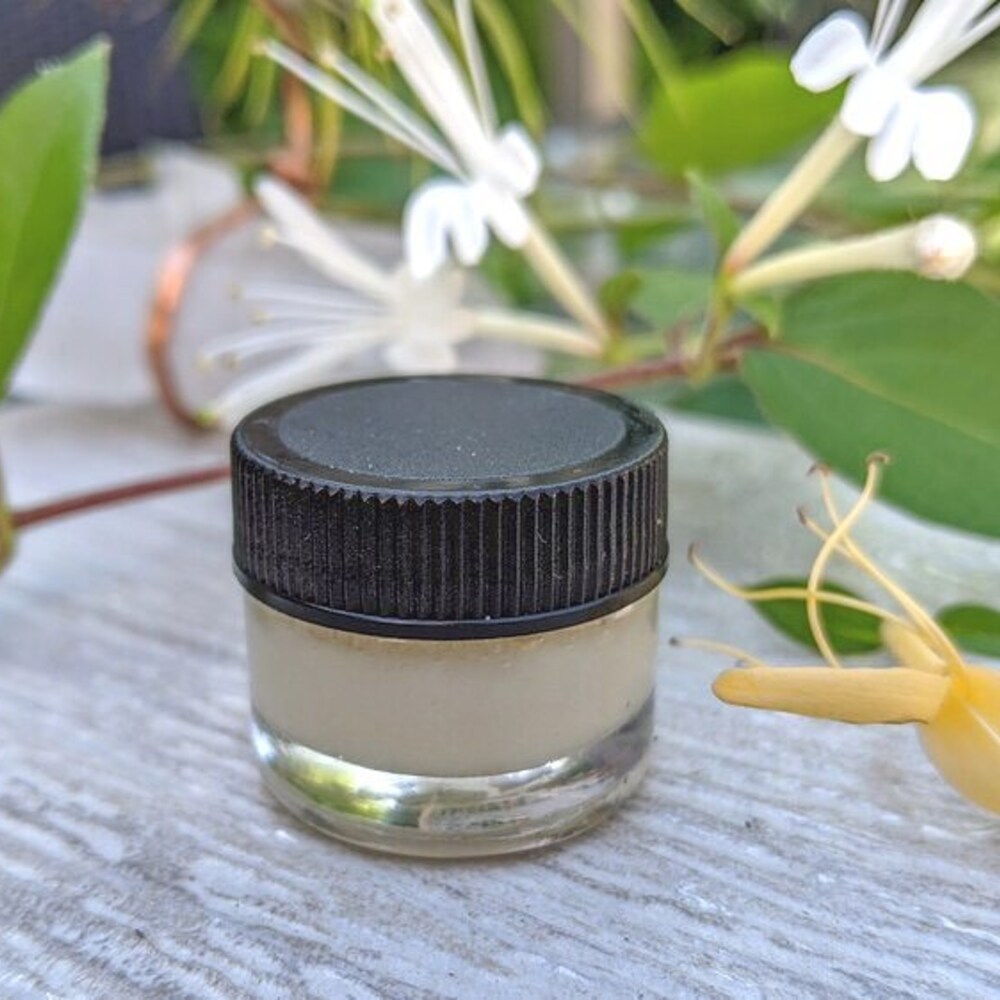
The Role of Flowers in Perfumery
Ever wondered why flowers are such a common ingredient for perfumes? Well, they are nature’s beauty and fragrance that not only brighten the world with their mixed colors but also fill it with scents that evoke different emotions. Apparently, of the five senses, smell is one of the most direct links to our memory, second only to sight. And the perfume industry has really leveraged that because nostalgia is a key inspiration in perfumery.
The industry often uses nostalgia to create scents that trigger positive memories and emotions. Flowers seem to fit the job perfectly because their scents are known to have an extraordinary power to uplift your mood through feelings of love, comfort, and more. For example, the scent of roses might remind you of your childhood or someone special, while lavender might bring back memories of a relaxing vacation. This emotional connection helps make perfumes feel more personal and meaningful.
People tend to assume that flowers only make up the heart of the fragrance, but if you are a floral lover, you probably have come to know their different roles. In fact, floral perfumes are the broadest olfactory family, with a variety of options. Light flowers, such as the pink peony, can be used as top notes to replace citrus and aromatics, while stronger options, like Iris Pallida, can be used as base notes.
Did you know that Iris Pallida is one of the world's rarest and most expensive floral perfume ingredients? Interestingly, it is not because of its lavender-blue petals but its rhizomes. These rhizomes are harvested, dried and aged for three to five years to develop the luxurious orris absolute that gives perfumes the signature powdery, woody and violet-like aroma. Because of its complex extraction process and long aging time, Orris Absolute is even more expensive than gold by weight.
In fact, as of 2021, a pound of Orris Absolute was worth about $30,000. No wonder perfumes like the original Prada Infusion d’Iris can cost a fortune. But not to worry because we can still announce our presence with lovely scents without necessarily breaking the bank. In fact, knock off colognes and perfumes by Dua Fragrances are a popular choice because they closely resemble high-end designer fragrances at a fraction of the cost.
The Art
Making perfumes isn’t just about getting the flower’s scent but actually creating a sensory experience that can transport someone to another time or place. Perfumers layer assorted fragrances, mixing floral notes with other complementary elements in order to come up with harmonious and unique blends. That is why it is an art: because the perfumers, who are commonly referred to as noses, are like artists who use scents as paints to create masterpieces.
That level of skill and creativity doesn’t just come overnight; it requires years of training at institutions like ISIPCA in France. Noses have to have a very fine-tuned sense of smell to allow them to distinguish thousands of notes. That somewhat explains why there are only a few hundred perfumers in the whole world.
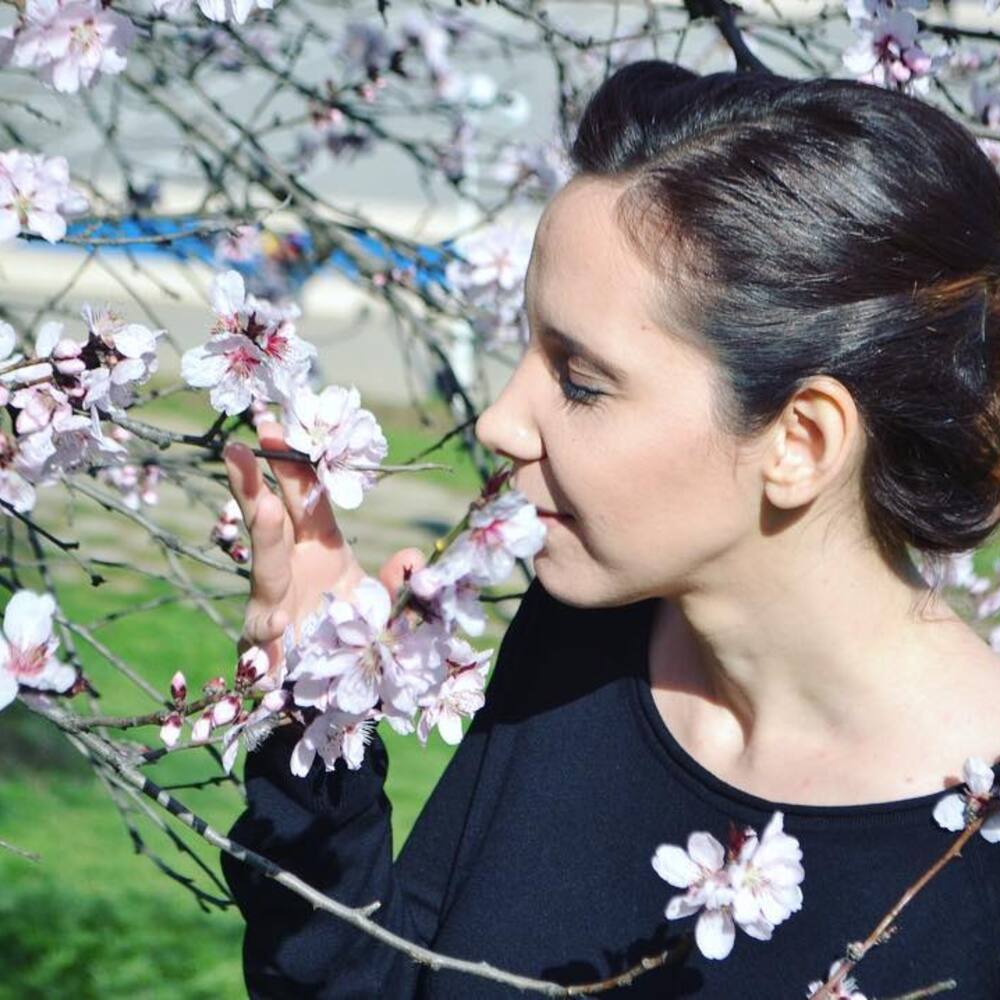
The Business Behind the Scenes
Given the long-lasting bond between the floral and perfume industries, it is highly likely that both industries will benefit from this partnership. First of all, the use of flowers in perfumes has boosted the perfume industry market by helping it reach a wider audience. Now, floral perfumes actually are the most popular in the olfactory categories. Plus, some of the most iconic scents we know wouldn’t exist without flowers.
What’s more, the floral industry benefits because perfumers rely heavily on flowers like roses and jasmine for the natural extracts they use in perfumes. Imagine it actually takes approximately 9,000 kgs of rose petals to extract just one kilogram of rose oil. This demand has made flowers a high-value crop and boosted the floriculture market, which was valued at about USD 57.5 Billion in 2024.
Because the making of high-end perfumes requires fresh and high-quality flowers, perfume companies collaborate with different flower farmers to cultivate them. That helps keep the traditional flower cultivation culture alive. The city of Grasse in France is a good example. This lively town is famously known as the world’s perfume capital, producing high-quality May Rose and Jasmine for luxury perfume houses like Chanel and Dior.
We cannot fail to mention the employment opportunities that this partnership has brought. From farming, harvesting and extraction of essential oils up to where it gets to your personalized perfume. Actually, a good number of the flowers are very labor intensive and are time-bound, thus requiring a lot of manpower. For instance, skilled workers are required to hand-pick fresh Bulgarian rose petals at dawn. Also, the harvesting, peeling, and drying of the Iris Pallida rhizomes is mostly done by hand.
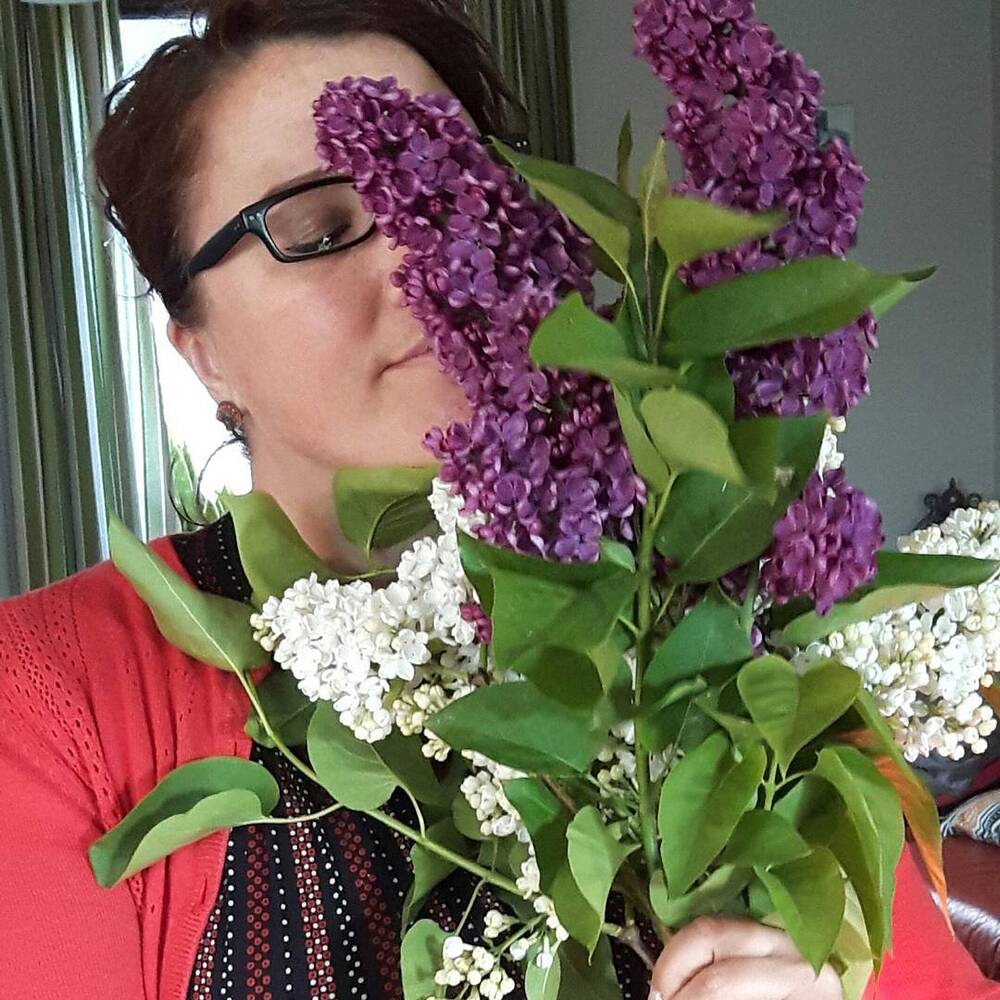
Future Trends
The future of the connection between the floral and perfume industries looks promising, with both working towards more sustainable ways to work around challenges like climate change and overharvesting. As they continue to do work together, we may see more eco-friendly practices and innovations like lab-grown floral scents. This will ensure they meet the growing demand for high-quality scents while still taking care of the environment.
Based on our discussion, the two industries seem to have a timeless and mutually beneficial relationship. And as a result, today, we enjoy some of the finest blends of nature’s scents in our perfumes. Their connection has also provided job opportunities for many people in various spaces and supported the global economy. Actually, as of 2022, perfumes ranked as the 201st most traded product globally, with a total trade value of $22.1 billion. Even as the industries embrace more sustainable practices, their future is one to watch closely.

